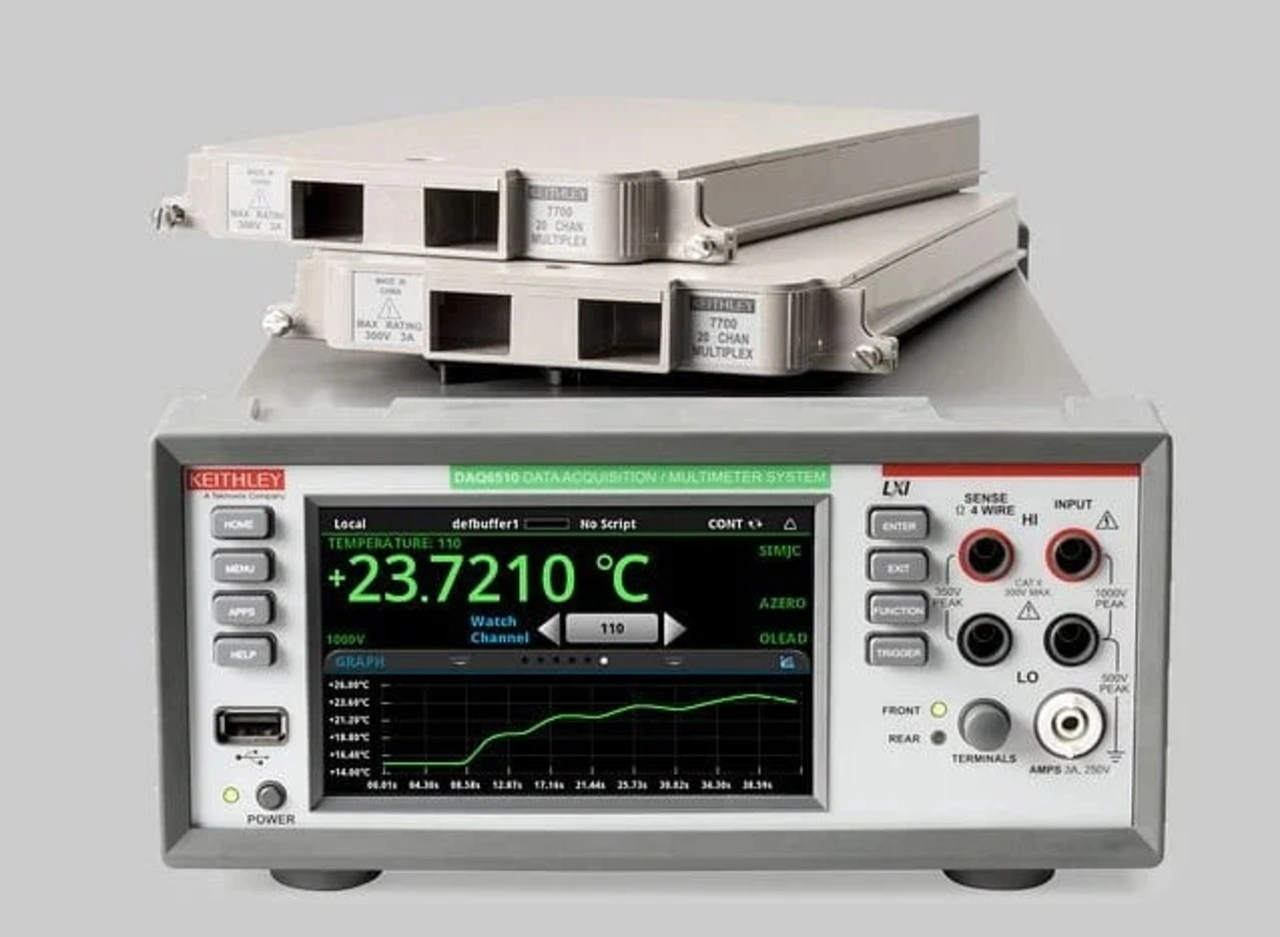Advertorial
Energy Storage Devices: A Battery Testing overview
Energy storage device testing is not the same as battery testing. There are, in fact, several devices that can convert chemical energy into electrical energy and store that energy, making it available when required. Let’s take a short tour of battery testing.
Energy storage device testing is not the same as battery testing. There are, in fact, several devices that are able to convert chemical energy into electrical energy and store that energy, making it available when required.
Capacitors are energy storage devices; they store electrical energy and deliver high specific power, being charged, and discharged in shorter time than batteries, yet with lower specific energy.
Supercapacitors are another type of energy storage device; they share certain characteristics with both capacitors and batteries, achieving higher specific energy than capacitors. Tektronix/Keithley first got involved with testing supercapacitors through our clients in the automotive market that were primarily looking for instruments to characterize supercapacitors in regenerative braking systems.
And then, of course, there are the rechargeable batteries - specifically the Li-ion batteries (LIBs) that started to dominate the market and became a broad new area of test and measurement.
Let’s take a short tour of battery testing.
Graphene and Advanced Cathode Materials Research
Graphene testing and nanotechnology techniques like using carbon nanotubes to control graphene and electrochemical properties caught the attention of our engineers and test specialists. Graphene oxides have been critical to the development of modern Lithium Ion batteries because they help stabilize and improve batteries’ chemical, thermal and electrical properties.
When Li-ion batteries were first being developed, the research involved testing graphite oxides and graphene with composite material. Keithley started to investigate how to characterize and ensure the best electrical conductivity performance at the most reasonable cost.
Keithley’s sensitive low-level measurement solutions and parameter analyzers such as the 4200A are widely used in testing and producing special materials like graphene, specifically in battery cell R&D departments.
Electrical measurements on conductivity were made with a Keithley 622x DC and AC current source and Keithley 2182A Nanovoltmeters connected to a four-probe fixture setup.
Cells Electrochemical Characterization

For a thorough electrochemical characterization, it is necessary to support charge and discharge testing on energy storage devices and batteries, in particular. The electrochemical performance characterization requires two specific measurements: cyclic voltammetry and galvanostatic / potentiostatic charge-discharge cycles.
For these specialized tests, Keithley released the 2450-EC, 2460-EC and 2461-EC Potentiostats, which are specialized versions of our Source Measure Units (SMUs).
SMUs can be programmed to apply a linearly variable electric potential for the electrolysis, while simultaneously scanning and recording the output current. All phenomena are strictly dependent on temperature, so we were typically combining these systems with special dataloggers like DAQ6510 that could track multiple environmental sensor responses in a time-aligned way.
- Energy Storage Devices: A Battery Testing overview
- Li-Ion Batteries Manufacturing: a quick look into production
- Cell-level Assembly, Stacking, Tab Welding, Filling
- Internal Resistance and OCV Measurements
- Impedance Measurement of Cells



